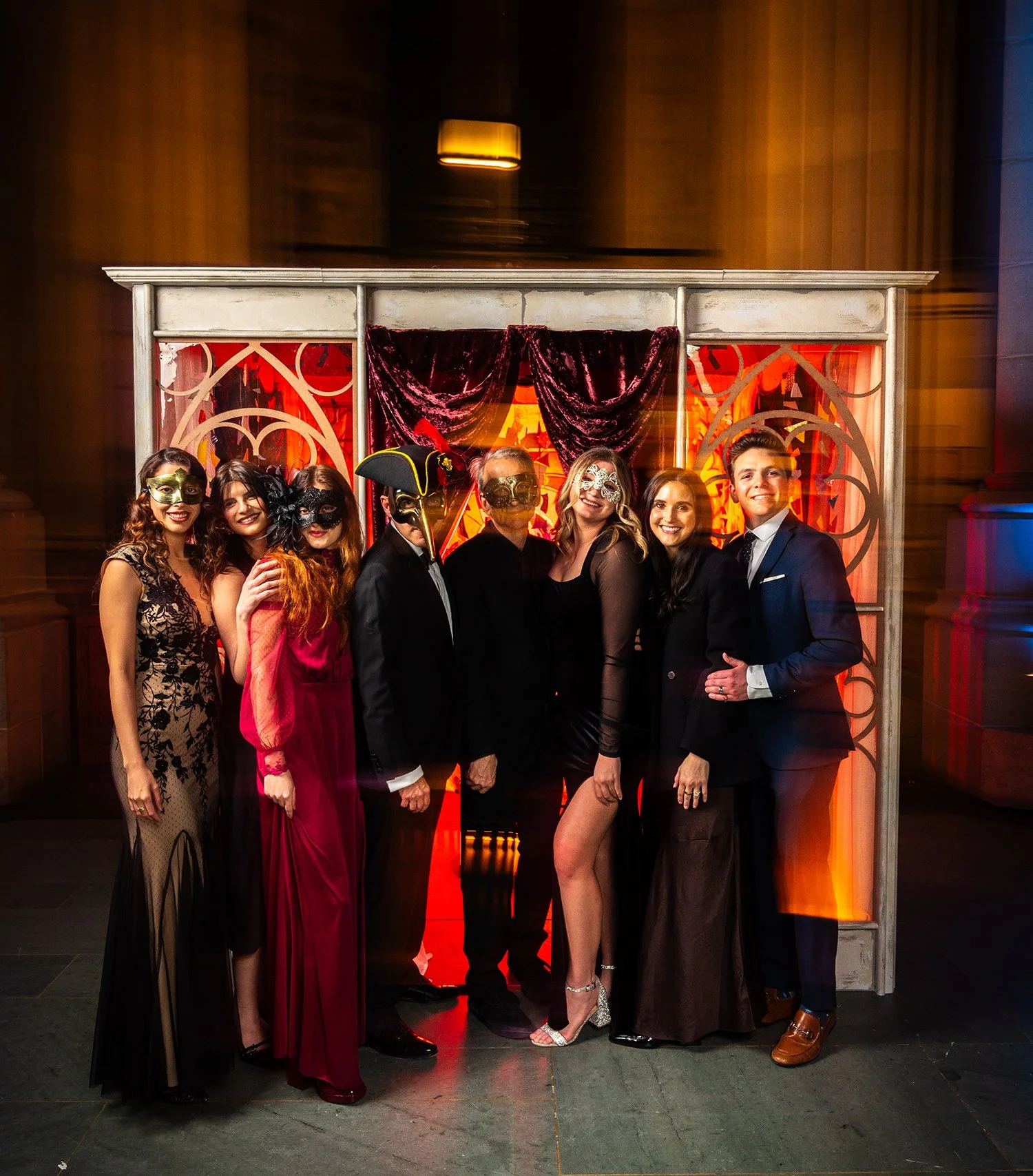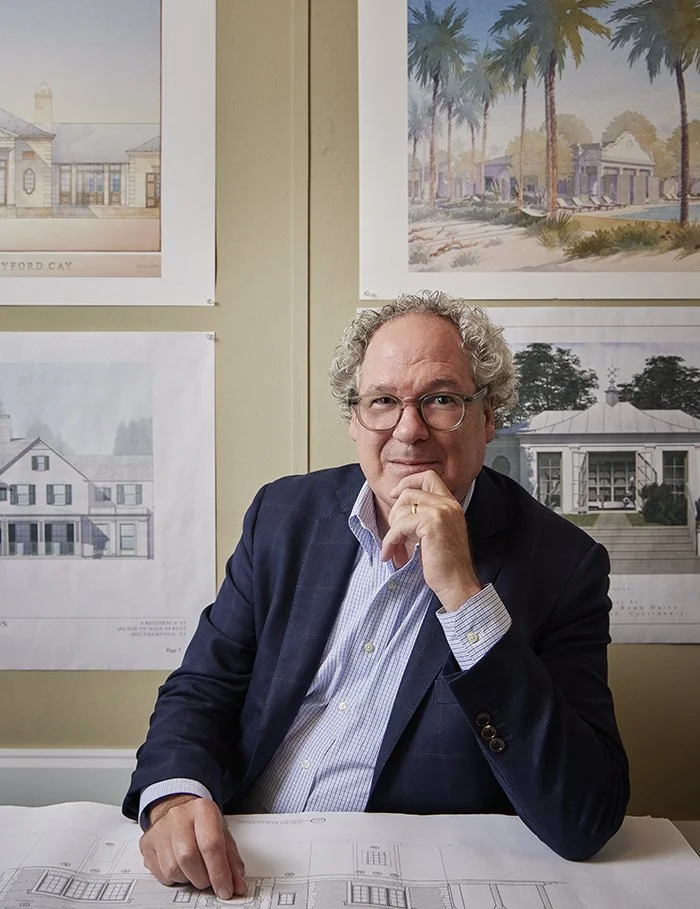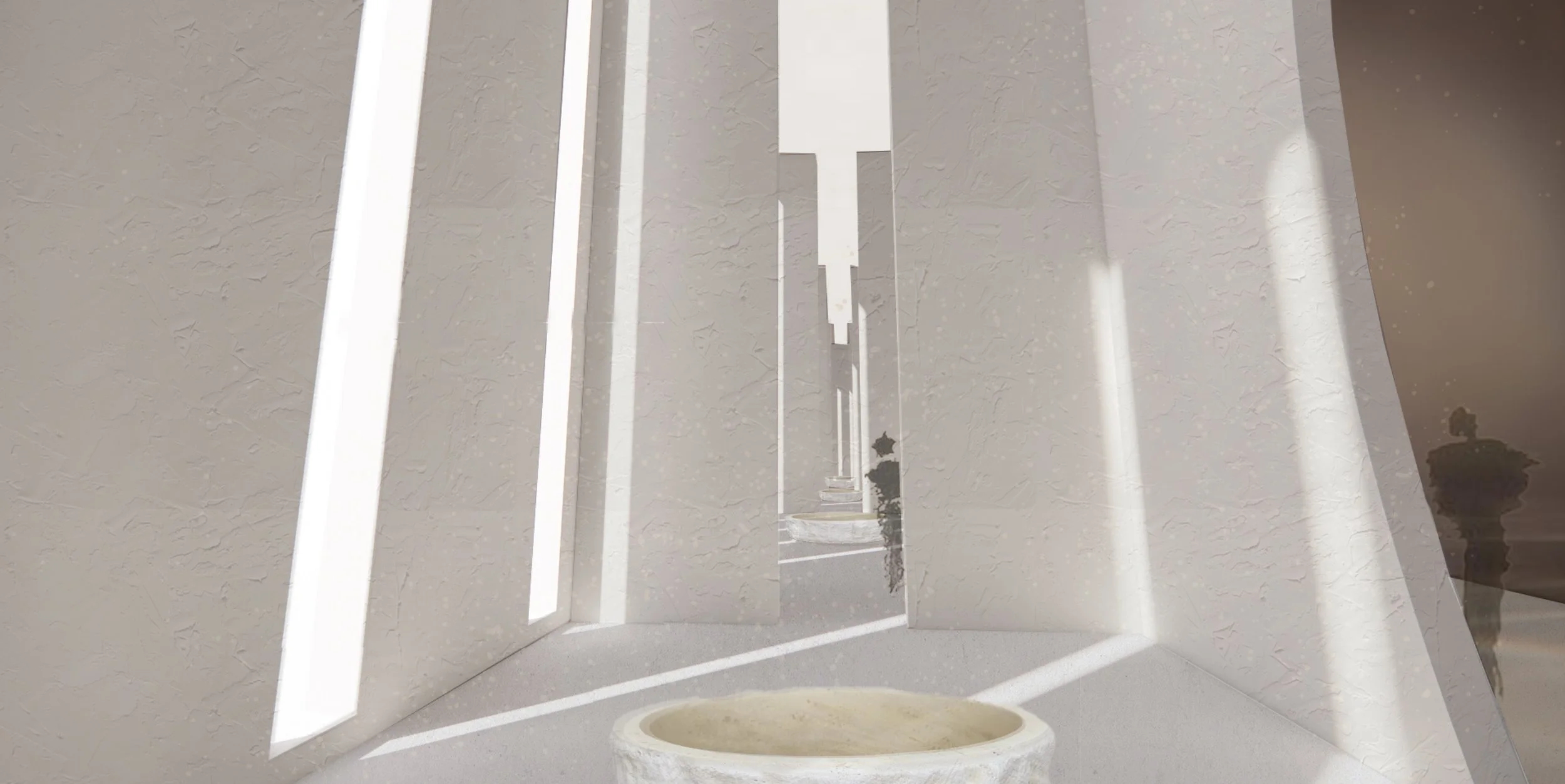Inside and Outside the System
In 2018, NYSID offered the course The History of the Interior Design Profession in America for the first time. This fall, it filled to capacity almost immediately. Faculty member Alexis Barr gives us a taste of what she’s teaching.
Alexis Barr
Barr, a passionate expert in design history who also teaches Historical Styles at the College, might be a reason why the new online course is so popular. She holds an MA in decorative arts and design history from Bard College and a BA in art history and political science from Williams College, and has contributed research to projects for the Metropolitan Museum of Art, the National Park Service, and the New-York Historical Society. Another reason might be that the history of interior design is populated by adaptive geniuses who operated within conventions of gender, sexuality, and social class while also exploding them.
Ellen Fisher, vice president for academic affairs and dean, created this course specifically for students enrolled in the online Associate of Applied Science (AAS) degree program. She says, “Our distance students need to understand they’re entering a profession with a distinct and meaningful history, particularly in the U.S. Modern interior design arose from a background of European decorative arts and decoration, industrial design, the study of ergonomics, and from a growing understanding that people deserve well-designed interior environments for health, well-being, and productivity.”
Can you tell me a bit about the founding of the profession in the Gilded Age?
Sure! Our course starts in the late 19th century, with the rapid transformation of American society and industrialization. It was a time marked by the stratification of American society, and by the emergence of the robber baron class. For context, we look at the public commissions of civic institutions the new industrialists are funding: train stations, museums, libraries in the Beaux-Arts style. We also look at the domestic commissions that this generation’s “super-rich” are requesting, such as the Vanderbilt family city houses and country estates. Then we ask the question: Who is putting these together? Sometimes it’s an architect, a craftsman, or an antiques dealer, but you don’t really have anyone whose sole, dedicated job it is to orchestrate all the aspects of these commissions. There’s no one to put it all together. There was a void, and it was mostly women who rose to fill it.
Who were these early interior designers and why were they able to have a career in interior design in a time when so many professions excluded women?
The very first interior design book, “The Decoration of Houses,” was written in 1897 by Edith Wharton (the novelist and the first female Pulitzer Prize-winner for fiction). She enlisted her architect, Ogden Codman Jr., who worked on her Newport and New York houses, to be her coauthor, and it was an unexpected hit. This book probably inspires Elsie de Wolfe, generally considered the first professional interior decorator. Elsie de Wolfe’s early works are heavily influenced by Wharton. De Wolfe forges her own career, uses her own house as a calling card for commissions, invites people over, calls The New York Times, and sends the paper before and after photos of her renovations. She invents and codifies the profession as something other than architecture—a job for someone whose sole function is to coordinate interiors.
Behind the veneer of the society pages, this is a profession born of a woman’s need to make a living. Elsie de Wolfe’s father died when she was only 18, and she had to find a way to support herself. She became an actress, and she began a romantic relationship with a woman, the theatrical agent Elisabeth Marbury, who becomes her partner. As the 1890s unfold, she moved from acting into becoming an interior decorator, banking on her own charisma and good taste rather than any formal training. This characterizes the first generation of decorators, who were often women putting themselves out there professionally on the idea that they had “good taste.” The gender norms of the time dictated that women had a better understanding of domestic spaces and how to create a comfortable and beautiful home. As the profession became more established, de Wolfe moved into commercial interiors when the architect Stanford White recommended her to do the interior of the Colony Club. There was much chatter in the industry about whether a woman could handle such a big job, but Stanford White pushed for her, and of course, the design was a triumph. This solidified the notion that women are better suited to interiors, a stereotype that has been both a gift and a curse to women in design and architecture.
Dorothy Draper on a job site. Photo courtesy of Dorothy Draper & Company Inc.
What I love about the pre-World War II period in design history is that a lot of the women designers seem to be part of the establishment, but they aren’t really. They are upper class by birth or marriage, but most of them are operating outside social norms in some way, and all of them need an income. The great Dorothy Draper gets divorced, something that was not done. She becomes a decorator out of necessity and finds her calling, graduating from domestic to major commercial commissions. She designs the Coty Beauty Salon and corporate headquarters, melding the women’s sphere and the world of big business, capitalizing on the idea that some projects need a “feminine touch.”
There’s Sister Parish, who grew up ultra-privileged and begins her design career when her husband loses their livelihood and she needs to support the children. After her husband recovers financially, she doesn’t have any hesitation about maintaining her business. She becomes a force with an enormous firm. It’s power she never anticipated, but it’s power nonetheless.
How does interior design change after World War II?
The war and its immediate aftermath transformed American life, and this is reflected in interior design. People come from other disciplines and enter the world of interior design, notably the industrial designers. The term “decorator” is used less. In the 1950s, we see the term “interior designer” getting a foothold in the culture.
In the same way as industrial designers enter, you also have the major architecture firms decide to get into the business of interior design. For example, you have Gordon Bunshaft head up an interior design department at Skidmore, Owings & Merrill. You have interior design becoming a department within large architecture firms. The interiors begin to be treated in a holistic way as part of the commission rather than an afterthought. It’s worth saying that these design firms become places receptive to female architects. Women are placed into the interior design department because of the notion that women are born decorators.
Do you have a favorite figure from design history?
In the post-World War II period, one of my all-time favorite designers comes to the forefront: Florence Knoll of Knoll Furniture. She has inspired me tremendously with her designs, her life story, and her accomplishments. She was orphaned as a child, and then widowed young and unexpectedly. These things that might have stopped someone else pushed her forward. She said, “I needed a piece of furniture. It was not there. So I designed it.” This is just the best of the American spirit.
As I teach, I am learning from my subjects from a professional and personal standpoint and so are my students. There’s a pattern of interior designers operating within the system and outside of it, simultaneously and skillfully. It’s wonderful, through the lens of history, to see them triumph and carve out a public role for themselves.
What role did educational institutions play in the professionalization of interior design?
Early in the 20th century, we see the rise of the first professional education programs. Frank Alvah Parsons founded the first program in 1906. Ten years later, architect Sherrill Whiton founds NYSID as the New York School of Interior Decoration. This program is operating for enthusiasts, but also providing professional training via mail correspondence. It’s wonderful historical circularity that NYSID began as a mail correspondence course, because that’s an amazing precursor to online education. Both give people living at a distance the opportunity to learn a trade. You can see some of the same structure of what we teach today in course documents from 100 years ago.
What kinds of materials do you use to teach in this class?
We use podcasts, videos, and primary sources. One of the great things about teaching online is having all this technology at your fingertips. The materials are so much fun. There are primary sources you’ll see in this class that you won’t find anywhere else because NYSID’s library staff helped me dig into the school archives and bring little-known primary sources into the course.
How are norms around gender, sexuality, class, and race changing in interior design?
From the beginning we have Elsie de Wolfe, who is a Victorian lesbian living openly with a woman at the dawn of the 20th century! We have women and men who are outside the social norms: single, childless, gay. Many of the men from that early 20th century were gay, including major figures like Billy Baldwin and William Haines. Haines had been a successful film actor, a leading man in the 1920s, until he was forced out of the Hollywood studio system because he refused to hide his sexuality. He went into decorating and was a huge success in this sphere, living on his own terms as a gay man in the 1930s and beyond! It’s always been a relatively open and progressive field in that regard, a welcoming space.
At the same time, interior design has been seen as an upper-class, white, and Waspy field. It has taken a long time for the field to shake off the association of decorating as a hobby for upper-class women. There are many more men in interior design in recent years. The field has a ways to go in terms of diversity, especially racially and economically, but that is changing rapidly. Design history is happening right now with the emergence of groups like the Black Artists + Designers Guild and the Black Interior Designers Network. I have seen, in teaching at NYSID, how inspired students are by the growing diversity of the field today. Students today see more people who look like them in interior design, from industry leaders like Sheila Bridges and Darryl Carter to emerging young designers like Young Huh and Alberto Villalobos. There is still a lot of progress to be made in this area, but the industry is moving toward greater inclusion and diversity, and that is really exciting to see.
How do you like teaching online?
When I started teaching NYSID’s Historical Styles class online, I was skeptical. But then I fell in love with the online educational process because it works incredibly well for many students. Online discussion formats can create an amazing sense of community and allow students to participate more fully than they would in person. Some people feel braver expressing themselves online.
Each week students watch a lecture from me and do the readings assigned, listen to a podcast, or watch a video. They are required to post to an online discussion. This is not a live discussion; there is a nine-day window in which to comment and post. The discussion is threaded so people can react to responses. It feels like a conversation laid out on the screen. Right now there is a raging debate about Sister Parish’s privilege and whether that should affect how we see her interiors. The students research and go in depth with their answers. This isn’t Instagram or Snapchat. Students have the time to be thoughtful in their discourse.
Why should aspiring and practicing interior designers learn the history of their profession?
A knowledge of design history gives you so much more to draw from in your own work because you can see how the best designers of the past have solved similar problems in their designs and the business strategies they employed. This is still a very young field, and there are certain issues that haven’t been worked out yet regarding the interplay between architecture and interior design, decorating and interior design, and modernism and historicism. Knowing the history helps you understand what it means to be a licensed interior designer now and how that is different from the experience of the people who came before you. It helps you answer the biggest question: What do we need to go forward?






























